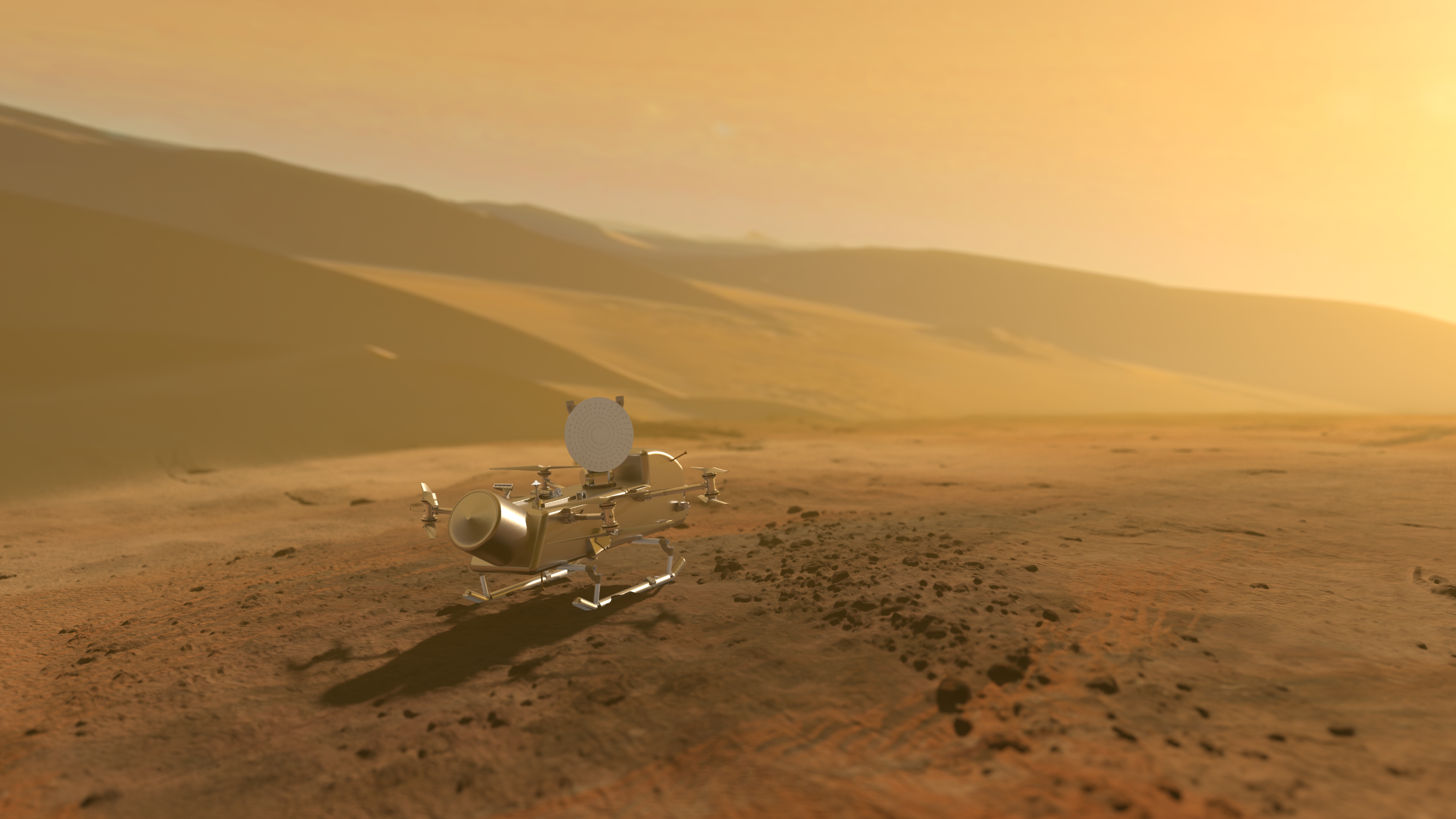5 min read
Todd J. Barber, Cassini lead propulsion engineer
Happy 2010 from the Cassini flight team at JPL! Given the frenzy of the recent holiday season, I’m woefully overdue for a column, so I decided to start the year by interviewing one of my favorite Cassini scientists, Dr. Rosaly Lopes. I’ve worked with Dr. Lopes literally my entire two-decade-long career at JPL, first on the Galileo mission to Jupiter and then on Cassini. I first knew her as the “Volcano Lady” on Galileo, but I’m now proud to call her a colleague, fellow outreach enthusiast, and friend. She was recently gracious enough to sit down with me as we discussed her latest research on Saturn’s moon, Titan.
Dr. Lopes is a well-known volcanologist, studying everything from fiery eruptions from every corner of Earth to the volcanic smorgasbord that is Jupiter’s moon Io; now she is investigating potential icy volcanoes (cryovolcanism) on Saturn’s largest moon Titan. Her career has taken her to ever-longer wavelengths in the electromagnetic spectrum, from visible-light data provided by Viking for her PhD thesis to the infrared on Galileo, and now to microwave wavelengths on the Cassini radar team (watch out, TV and radio wavelengths—you may be next!). Even though she described Io as her “first love” and a “volcanologist’s paradise,” she was quick to point out that Titan is extremely interesting because of the diversity of surface processes, including potential cryovolcanism. In fact, her latest paper entitled “Distribution and Interplay of Geologic Processes on Titan from Cassini Radar Data” was just released, a wonderful summary of the current understanding of Titan’s perplexing surface processes. Essentially, the goal of this work was to determine the sequence of events over billions of years of Titan’s history, using geological mapping data from the radar instrument. A familiar method for doing this throughout the solar system is impact cratering assessment, but unfortunately there are scant few craters on Titan’s surface, given its thick nitrogen and methane atmosphere. Despite this, using the principle of superposition (cleverly summarized as “younger things lie on top of older things” by one of Dr. Lopes’ students), she and her colleagues have pieced together a dynamic and fascinating timeline of Titan’s history. Though the details remain to be specified, this work suggests that Titan’s mountains formed first, followed by the plains, craters, and then perhaps cryovolcanic features. The most recent surface features appear to be dunes, channels, and finally lakes—in fact, the last three or four features mentioned may still be active today! What a rich tapestry we’ve found in Earth’s frozen cousin, nearly a billion miles from home!
In regard to Dr. Lopes’ particular interest in cryovolcanism, she enlightened me about the work of Dr. Bob Nelson, another long-time colleague and friend at JPL. In brief, before Cassini’s Titan-30 flyby (in May of 2007), data indicated that cryovolcanic features were older than Titan’s dunes. However, brightness changes in data from an infrared instrument suggested the region named Hotei Arcus on Titan was actively dispersing and outgassing (likely methane), but with no detected temperature rise. If future events like this are encountered, a temperature change as little as 1 deg. Celsius could be corroborated using radiometry data from Cassini’s radar instrument, a “smoking gun” (albeit many degrees below zero) for active cryovolcanism. However, some Cassini scientists think Titan’s cryovolcanism occurred long ago and Titan is not active today. Settling this debate is one of Dr. Lopes’ hopes for the potential Cassini Solstice Mission, should it be funded, continuing the search for active croyvolcanism. In addition, she mentioned other Titan science objectives for the proposed Cassini Solstice Mission, including understanding how the methane cycle works on Titan (akin to the hydrological cycle on Earth) and how liquid hydrocarbon lake levels change on Titan through the seasons. With a bit of luck, we might even see surface feature changes due to dynamic processes within the dunes or even due to cryovolcanism. I’m crossing my fingers for you, Dr. Lopes! She reminded me also to expect the unexpected, just as the radar team was flabbergasted after receiving their first radar swath so many years ago, finding a young surface with no impact craters visible in the swath. Titan is indeed a humbling place, but oh so alluring!
We closed off our interview discussing Dr. Lopes’ unparalleled work in NASA outreach, where she continues to do as “much outreach as possible” given a busy schedule. I was there in 2005 when she garnered the coveted Carl Sagan Medal from the American Astronomical Society, essentially the top honor for outreach work. Over the years, I’ve attended many of her lectures and I’ve found myself enraptured by her clear explanations of difficult subjects, her passion for her work, and her great sense of humor (not to mention her really cool volcano pictures). Perhaps above all, she is to be commended for her tireless work inspiring the next generation of female scientists and engineers, including a prominent JPL engineer’s daughter who is now pursuing a degree in geophysics. She also mentors countless young students from her native Brazil, showing them the unique appeal of planetary science and that they too can join her on this journey, given hard work in math and science. Thank you, Dr. Lopes, for your work continues to inspire us all.







